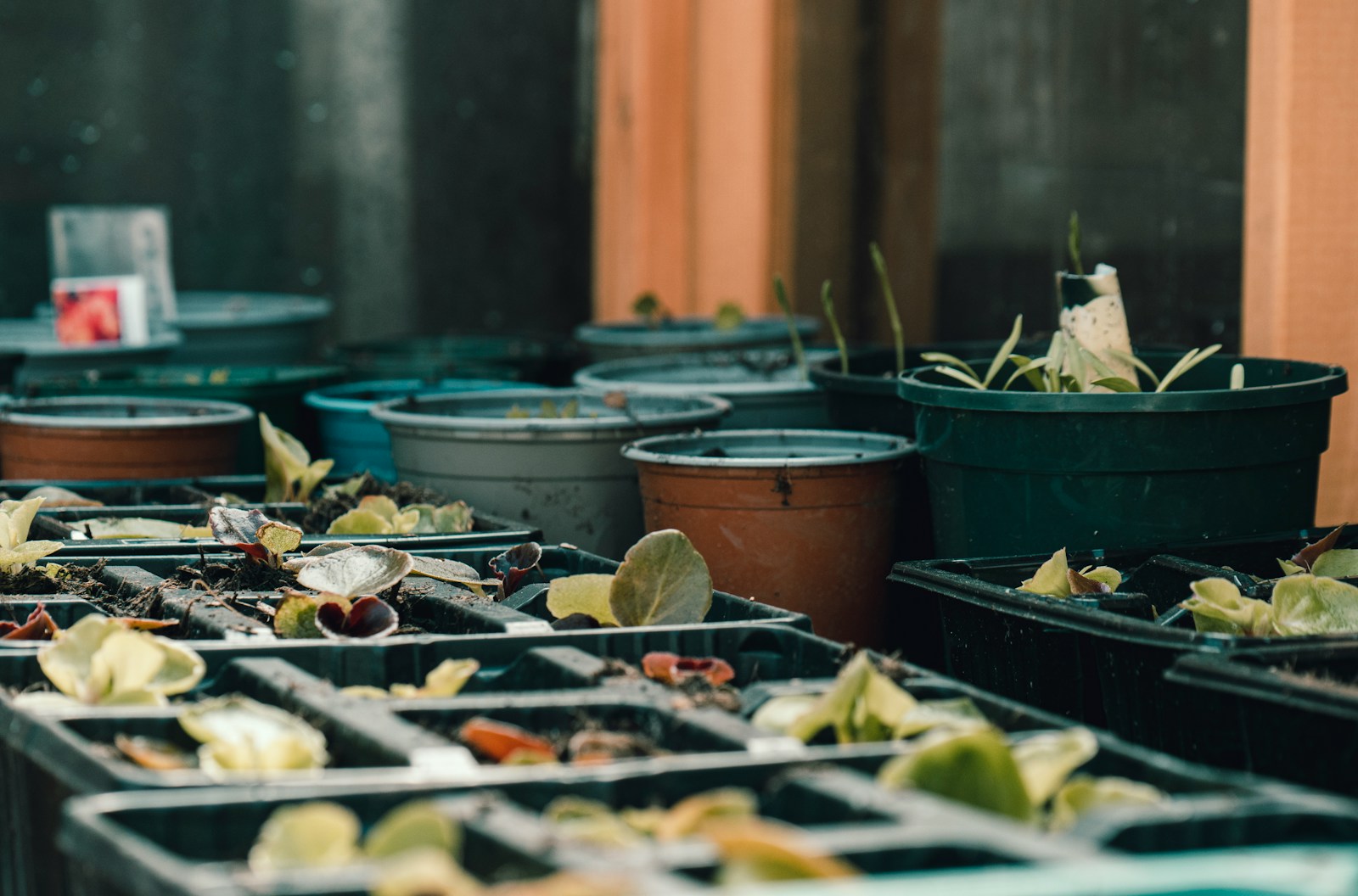Food waste is a global paradox. While millions suffer from hunger and food insecurity, a staggering amount of edible food is lost or wasted across the entire supply chain, from the farm to our forks. This inefficiency not only represents a moral failure but also carries significant environmental, economic, and social consequences. Globally, over 1 billion tonnes of food were wasted in 2022, with households accounting for a substantial 60% of this waste. This squandering of resources contributes significantly to greenhouse gas emissions, depletes valuable natural resources like water and land, and represents an economic loss estimated at approximately USD 1 trillion annually. Addressing this pervasive issue requires a comprehensive, collaborative effort at every stage of the food journey.
At the farm level, food loss often occurs due to factors beyond the farmer’s control, such as unpredictable weather, pest infestations, or market gluts. “Ugly” produce, perfectly edible but aesthetically imperfect, is frequently rejected by retailers. Solutions at this stage include adopting precision agriculture technologies like drones and AI to monitor crop health and predict yields more accurately, thereby reducing overproduction. Farmers can also implement better post-harvest handling and storage practices, including improved cold chain infrastructure, especially in developing countries where a lack of cooling leads to massive losses. Establishing stable buyer-grower relationships and innovative purchasing models that accept a broader range of produce specifications can also prevent good food from being discarded before it even leaves the farm. Furthermore, redirecting surplus produce to food banks or processing facilities for value-added products (like jams, juices, or animal feed) can significantly reduce on-farm waste.
Moving through the supply chain, inefficiencies in transportation, storage, and processing contribute to substantial food loss. Poor planning, inadequate cold chain management, and unsuitable packaging can lead to spoilage and damage. To combat this, businesses must implement robust inventory management systems that track stock levels and expiration dates in real-time, often leveraging technologies like RFID sensors and AI-driven forecasting to match supply with demand more accurately. Optimizing in-transit temperatures and ensuring rapid unloading at warehouses are crucial for maintaining freshness. Redesigning packaging to extend shelf life and improve product protection can also play a vital role. Promoting collaboration and data sharing among farmers, distributors, and retailers can streamline processes and reduce lead times, getting food from farm to fork more efficiently.
In the retail sector, supermarkets often discard food nearing its expiration date or due to cosmetic imperfections. Solutions here include dynamic pricing models that offer discounts on products nearing their sell-by date, encouraging consumers to purchase them before they’re wasted. Retailers can also embrace and promote “ugly” produce campaigns, educating consumers that appearance doesn’t equate to quality. Donating surplus food that is still safe for consumption to food banks and charities is a critical practice. Implementing advanced in-store product management and display techniques, such as smaller displays to ensure freshness and proper air circulation, can also minimize waste. Some innovative retailers are even exploring on-site food composters or partnering with businesses that repurpose organic by-products.
Finally, at the consumer level, household food waste constitutes the largest portion of the problem, often stemming from over-purchasing, poor meal planning, and misunderstanding date labels. Empowering consumers with practical knowledge is key. Strategies include meal planning and creating shopping lists based on actual needs, rather than impulse buying. Educating consumers on proper food storage techniques (e.g., refrigeration temperatures, storing ethylene-producing fruits separately) can significantly extend shelf life. Understanding the distinction between “sell-by,” “best-by,” and “use-by” dates can prevent edible food from being prematurely discarded. Promoting creative use of leftovers and embracing “ugly” produce in home cooking can also reduce waste. Community initiatives like food waste recycling programs (e.g., composting) and community fridges where surplus food can be shared further empower individuals to act responsibly.
Addressing food waste is a shared responsibility that requires systemic changes and individual actions across the entire food ecosystem. By embracing innovative technologies, fostering collaboration, implementing smart policies, and empowering consumers, we can build a more sustainable and equitable food system, ensuring that nutritious food reaches those who need it, rather than ending up in landfills.
References:
- UNEP (United Nations Environment Programme): Offers comprehensive reports, including the Food Waste Index Report, detailing global food waste statistics and impacts. https://www.unep.org/news-and-stories/press-release/world-squanders-over-1-billion-meals-day-un-report
- World Economic Forum (WEF): Highlights innovative solutions and technologies for fighting food waste, showcasing global efforts and collaborations. https://www.weforum.org/stories/2025/04/innovations-to-reduce-food-waste/
- ReFED: A non-profit dedicated to ending food loss and waste in the United States, providing comprehensive data, solutions, and action guides for various stakeholders in the food system. https://refed.org/
- UNDP Climate Promise: Discusses strategies for reducing food loss and waste through a circular economy approach, focusing on agricultural production and supply chain improvements. https://climatepromise.undp.org/news-and-stories/5-ways-reduce-food-loss-and-waste-through-circular-economy
- Happy Eco News: Explores how local initiatives like gleaning programs and community gardens are tackling food waste for a greener future. https://happyeconews.com/from-farm-to-fork-how-local-initiatives-are-tackling-food-waste-for-a-greener-future/
- U.S. FDA (Food and Drug Administration): Provides practical tips for consumers on how to reduce food waste at home, including proper food storage and understanding date labels. https://www.fda.gov/food/consumers/tips-reduce-food-waste


